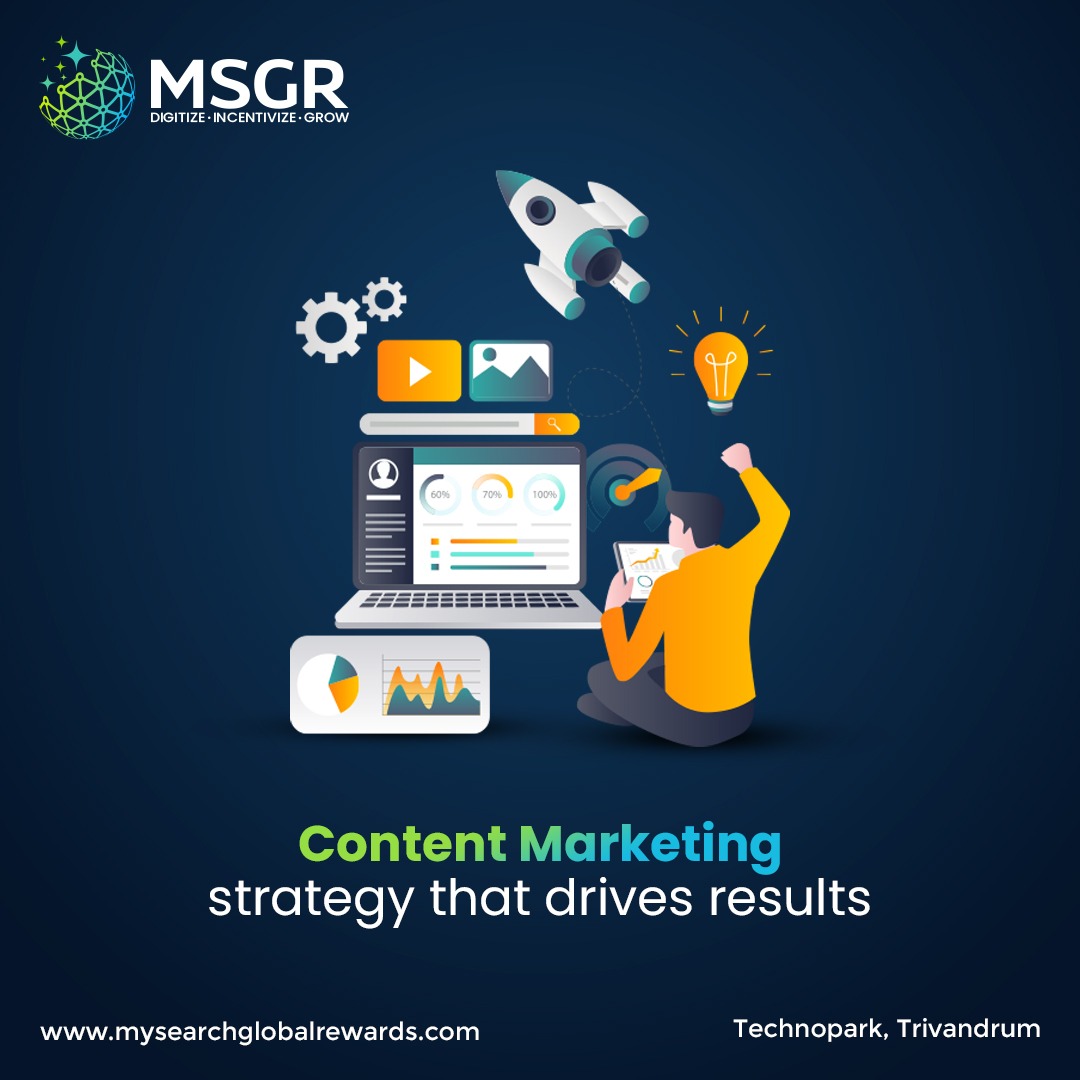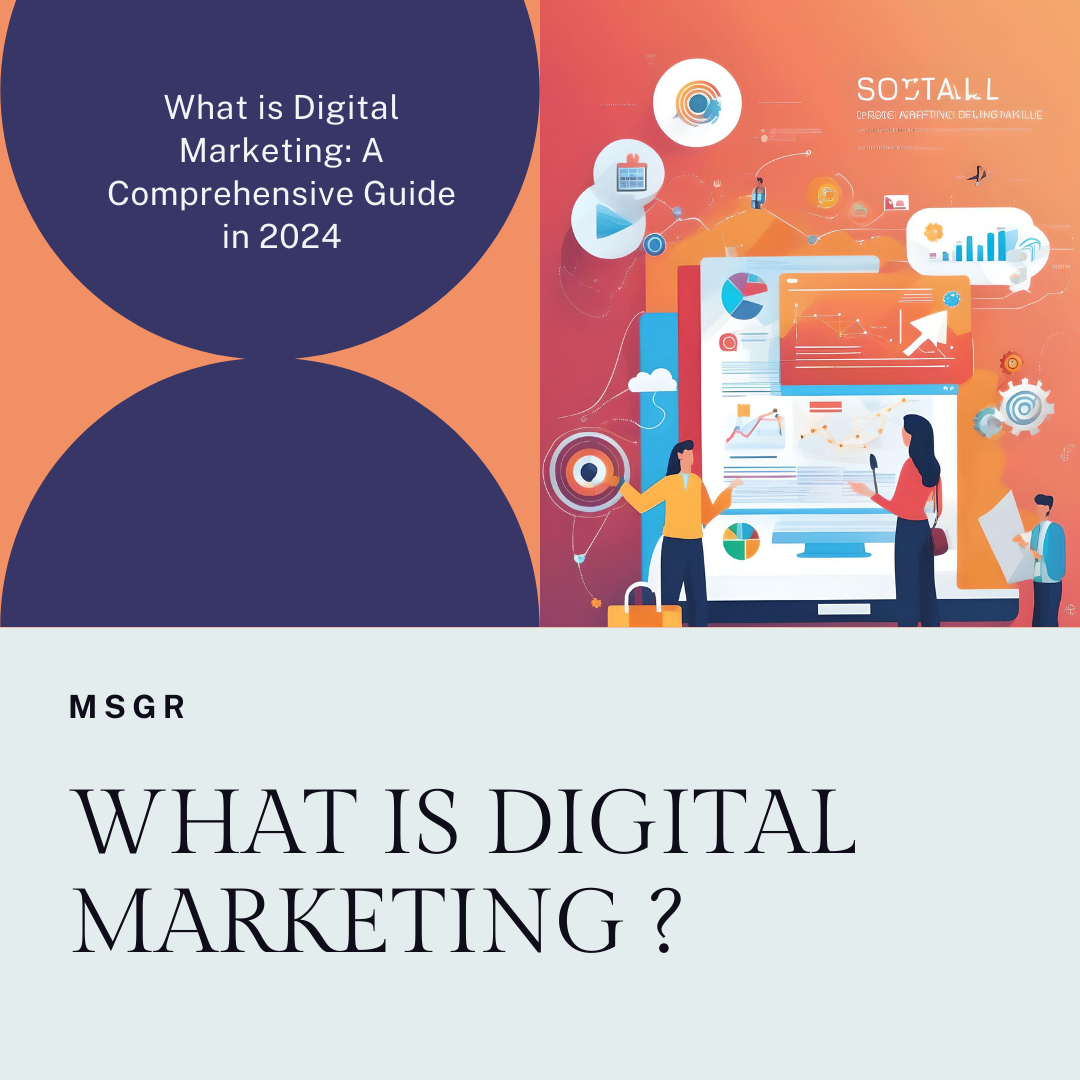In the ever-evolving realm of digital marketing, on-page SEO optimization stands as the bedrock of achieving online visibility and attracting organic traffic. In this detailed guide, we will explore the intricate details of advanced on-page SEO strategies, offering a comprehensive overview of the key elements that contribute to a well-optimized website. Understanding On-Page SEO: Foundations and Essentials Definition of On-Page SEO: On-page SEO involves optimizing individual web pages to rank higher and earn more relevant traffic in search engines. This encompasses a range of techniques and practices that revolve around improving content, HTML source code, and the overall structure of a website. Importance in Search Engine Rankings: Search engines, led by Google, use complex algorithms to determine the relevance and authority of web pages. On-page SEO signals provide search engines with crucial information, making it imperative for marketers and website owners to master these techniques. Key On-Page SEO Elements: The foundational elements of on-page SEO include optimizing title tags, meta descriptions, header tags, URL structure, image alt attributes, and ensuring a seamless user experience. On-Page SEO Best Practices: A Step-by-Step Approach Keyword Research and Selection: Conducting thorough keyword research is the first step in any on-page SEO strategy. Choose relevant and high-intent keywords that align with your content and audience. Title Tag Optimization: Craft compelling and keyword-rich title tags that accurately represent the content of the page. Ensure they are within the recommended character limit for optimal display in search results. Meta Description Crafting: Compose engaging meta descriptions that provide a concise summary of the page's content, encouraging users to click through. While meta descriptions may not directly impact rankings, they significantly influence click-through rates. Header Tags (H1, H2, H3) Optimization: Properly structure your content with header tags to enhance readability and signal the hierarchy of information to search engines. The H1 tag should typically contain the primary keyword. URL Structure and Permalinks: Create clean and user-friendly URLs that include relevant keywords. Avoid dynamic URLs with excessive parameters, as they may be less search engine-friendly. Image Optimization for SEO: Optimize images by using descriptive filenames, adding alt text, and compressing files to improve page load times. Image optimization contributes to both SEO and a positive user experience. Content Quality and Relevance: Create high-quality, informative, and engaging content that meets user intent. Prioritize user experience, and aim for comprehensive coverage of the topic. Internal Linking Strategies: Strategically interlink pages within your website to distribute authority, guide users through your content, and establish topical relevance. User Experience (UX) and Site Speed Optimization: Prioritize a seamless user experience by optimizing page load times, ensuring mobile responsiveness, and eliminating any usability issues. Google considers these factors in its ranking algorithm. Advanced On-Page SEO Techniques: Elevating Your Strategy Schema Markup Implementation: Implement schema markup to provide additional context to search engines and enhance the appearance of your snippets in search results. This can include rich snippets for reviews, events, and more. Mobile Optimization for SEO: Given the prevalence of mobile users, optimizing your website for mobile devices is crucial. Use responsive design, prioritize mobile page speed, and ensure a consistent user experience across devices. Voice Search Optimization: As voice search continues to rise, tailor your content to match natural language queries. Consider creating content that answers common questions concisely. Featured Snippets and Rich Snippets: Optimize your content to appear in featured snippets by providing concise, well-structured answers to commonly asked questions. Rich snippets enhance the visual presentation of your search results. AMP (Accelerated Mobile Pages) Integration: Accelerated Mobile Pages (AMP) improve page load times on mobile devices, contributing to a better user experience and potentially influencing search rankings. Technical SEO Considerations: Address technical SEO aspects, including crawlability, indexation, and proper implementation of redirects. Regularly audit and fix any technical issues that may hinder search engine performance. User Engagement Metrics and SEO: Search engines analyze user engagement metrics, including bounce rate, time on page, and click-through rate. Create engaging content that encourages users to stay and interact with your site. Social Media Integration and SEO: While social signals may not have a direct impact on rankings, a strong social media presence can contribute to increased brand visibility, traffic, and potential backlinks. On-Page SEO Analysis: Tools and Metrics Google Analytics for On-Page SEO: Utilize Google Analytics to gain insights into user behavior, traffic sources, and the overall performance of your website. Monitor key metrics such as bounce rate, session duration, and pageviews. Google Search Console Insights: Leverage Google Search Console for valuable data on search performance, indexation issues, and user queries. Identify opportunities for improvement and address any indexing or crawling issues. SEO Auditing Tools: Explore third-party SEO auditing tools such as SEMrush, Ahrefs, and Moz to conduct comprehensive website audits. Identify and rectify issues related to on-page SEO, technical SEO, and backlink profiles. Competitor Analysis for On-Page SEO: Regularly analyze the on-page SEO strategies of competitors. Identify opportunities for improvement and stay informed about industry trends and best practices. On-Site SEO Strategy: Integrating On-Page and Off-Page Optimization The Interplay Between On-Page and Off-Page SEO: Recognize the symbiotic relationship between on-page and off-page SEO. While on-page optimization focuses on content and technical aspects, off-page strategies involve building external signals such as backlinks and social mentions. Link Building Strategies and On-Site SEO: Develop a robust link-building strategy to earn high-quality backlinks. Quality links from reputable sources contribute to the overall authority of your website and positively impact search rankings. Branding and Reputation Management: Build a strong brand presence to enhance trust and credibility. Positive online reviews and a stellar reputation contribute to a favorable perception by both users and search engines. Social Signals and On-Site SEO: While social signals are not direct ranking factors, a strong social media presence can amplify your content, drive traffic, and indirectly impact search engine visibility. On-Site SEO Audit: Ensuring Peak Performance Conducting a Comprehensive On-Site SEO Audit: Regularly audit your website to identify and address on-page SEO issues. This includes assessing content quality, fixing broken links, optimizing images, and ensuring all technical aspects align with best practices. Identifying and Fixing On-Page SEO Issues: Utilize audit findings to address on-page SEO issues promptly. This proactive approach ensures your website remains in top condition, contributing to sustained search engine rankings. Monitoring and Updating On-Page SEO Strategies: Stay vigilant by continuously monitoring your on-page SEO performance. Update strategies in response to algorithm changes, industry trends, and shifts in user behavior to maintain a competitive edge. On-Page SEO Content Writing: Crafting Compelling and Optimized Content SEO-Friendly Content Creation: Craft content that is not only informative and engaging but also tailored for search engines. Strike a balance between user readability and keyword optimization to ensure your content resonates with both human audiences and search algorithms. Integrating Keywords Naturally: Avoid keyword stuffing and focus on seamlessly integrating relevant keywords into your content. Natural incorporation enhances the user experience and signals search engines about the topic relevance. Long-Form Content Strategies: Consider creating long-form content that provides in-depth information on a particular topic. Search engines often favor comprehensive, authoritative content, and long-form pieces have the potential to rank higher in search results. Content Freshness and Updates: Regularly update and refresh your content to reflect the latest information and maintain its relevance. Fresh, up-to-date content is more likely to be favored by search engines and valued by users. Improving On-Page SEO: Strategies for Ongoing Optimization User Feedback and Iterative Improvements: Encourage user feedback through comments, surveys, and social media interactions. Use this valuable input to make iterative improvements to your content, addressing user needs and preferences. Staying Abreast of Algorithm Updates: Search engine algorithms are continually evolving. Stay informed about algorithm updates from major search engines and adjust your on-page SEO strategies accordingly to ensure compliance and maintain visibility. Continuous Monitoring and Optimization: Implement a continuous monitoring process for on-page SEO metrics. Regularly analyze performance data, user behavior, and keyword rankings, making data-driven adjustments to optimize your website further. On-Page SEO Company: Choosing the Right Partner Criteria for Selecting an On-Page SEO Company: When considering outsourcing your on-page SEO efforts, evaluate potential partners based on their expertise, track record, and understanding of your industry. Look for a company that aligns with your goals and has a proven history of delivering results. Case Studies and Success Stories: Review case studies and success stories from on-page SEO companies. Assessing real-world examples of their work can provide insights into their capabilities and the impact they've had on their clients' online visibility. Conclusion In the dynamic landscape of advanced on-page SEO optimization, selecting the right partner is paramount for success. Mysearch Global Rewards, an esteemed SEO company based in Trivandrum, emerges as the ideal choice for businesses seeking comprehensive solutions. With a keen understanding of on-page SEO intricacies and a commitment to excellence, Mysearch Global Rewards stands out. Entrusting your on-page SEO strategies to this Trivandrum-based SEO company ensures a tailored and effective approach. Their proven track record, industry expertise, and dedication to staying ahead of algorithmic shifts make them a strategic ally in navigating the complexities of digital marketing. By choosing Mysearch Global Rewards, you align your business with a partner poised to optimize your on-page SEO and propel your online presence to new heights.
Blogs
Faisal seo
A Deep Dive into Advanced On-Page SEO Optimization Strategies
18 Dec 2023

Read More





